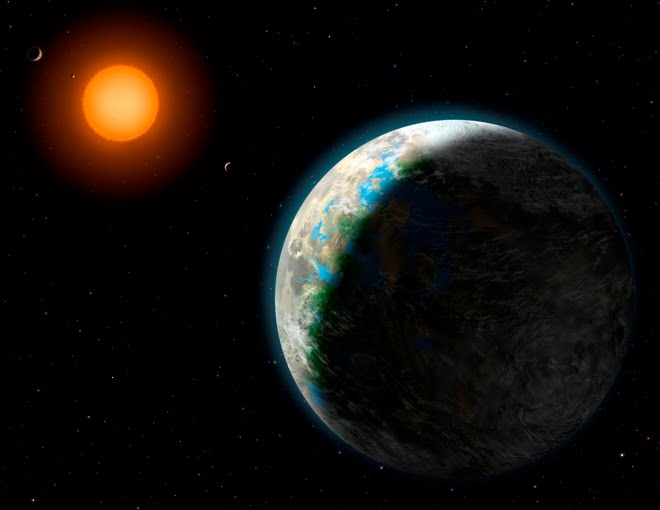
Flyby within 200,000 miles of Earth, or 1 Light-second
According to Space.com (May 8th, 2011), An asteroid the size of an aircraft carrier will come closer to Earth this autumn than our own moon does, causing scientists to hold their breath as it zooms by. But they'll be nervous with excitement, not with worry about a possible disaster.
There's no danger of an impact when the asteroid 2005 YU55 makes its close flyby Nov. 8, coming within 201,700 miles (325,000 kilometers) of Earth, scientists say.
So they're looking forward to the encounter, which could help them learn more about big space rocks.
"While near-Earth objects of this size have flown within a lunar distance in the past, we did not have the foreknowledge and technology to take advantage of the opportunity," Barbara Wilson, a scientist at NASA's Jet Propulsion Laboratory in Pasadena, Calif., said in a statement. "When it flies past, it should be a great opportunity for science instruments on the ground to get a good look." [Photos: Asteroids in Deep Space]
Getting to know YU55
Asteroid 2005 YU55 is about 1,300 feet (400 meters) wide. It was discovered in December 2005 by the Spacewatch program at the University of Arizona in Tucson.
Because of the asteroid’s size and orbital characteristics, astronomers have flagged 2005 YU55 as potentially dangerous down the road. But the upcoming encounter is no cause for alarm, researchers said.
"YU55 poses no threat of an Earth collision over, at the very least, the next 100 years," said Don Yeomans, manager of NASA's Near-Earth Object Program Office at JPL. "During its closest approach, its gravitational effect on the Earth will be so minuscule as to be immeasurable. It will not affect the tides or anything else."
This round space rock has been in astronomers' cross hairs before. In April 2010, astronomers at the National Science Foundation's Arecibo Observatory in Puerto Rico generated some ghostly radar images of 2005 YU55 when the asteroid was about 1.5 million miles (2.3 million km) from Earth.
But those pictures had a resolution of just 25 feet (7.5 meters) per pixel. The November close pass should provide some sharper images.
"When 2005 YU55 returns this fall, we intend to image it at 4-meter resolution [13 feet] with our recently upgraded equipment at the Deep Space Network at Goldstone, California," said JPL radar astronomer Lance Benner. "Plus, the asteroid will be seven times closer. We're expecting some very detailed radar images."
Space.com article about Yu55 asteroid that will pass close to Earth






No comments:
Post a Comment